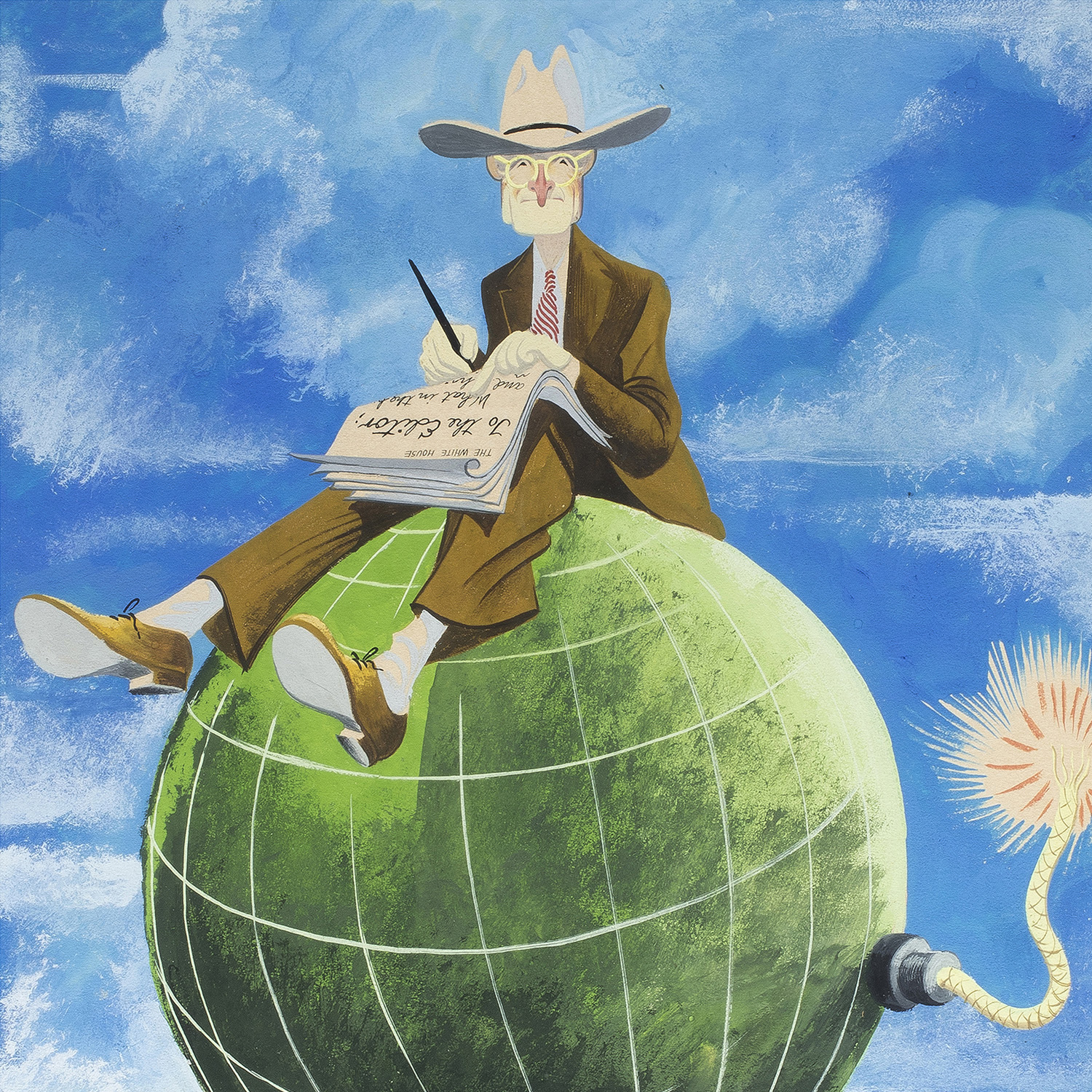“I seek the power of the rock, the magic of the water, the religion of the tree, the color of the wind, and the enigma of the horizon,” George Morrison (American, 1919–2000).
George Morrison was a Native American artist well known for his abstract paintings and landscapes. Morrison captured the American landscape and environment in vibrant multicolored paintings through the lens of the Chippewa tribe’s culture.

Sold: $34,650
Morrison was born Wah Wah Teh Go Nay Ga Bo (Standing in the Northern Lights) in 1919 on the Grand Portage Indian Reservation, MN, a rural fishing village on the north shore of Lake Superior. He began drawing as a child while he was confined to a full-body cast after a surgery. He later attended the Minneapolis College of Art and Design, graduating in 1938.
After graduation, Morrison associated himself with a group of Abstract Expressionist painters in New York City. He graduated from New York’s Art Students League in 1946. There he would find critical acclaim, and eventually, as a Fulbright scholar, he studied and worked in Paris and Aix-en-Provence.

Sold: $13,860
He began a teaching career at Cape Ann Art School in Massachusetts and continued to teach art and Native American studies at various institutions, such as the Rhode Island School of Design and University of Minnesota, throughout his life. While teaching Morrison also produced art and showed his work — primarily in the Midwestern United States.
Later in life, he would go on to receive several important commissions and continue his work on the Grand Portage Indian Reservation — creating prolifically assembled totemic sculptures and making horizon-line paintings. In 2022, a selection of five of his paintings were commemorated by the United States Postal Service as Forever Stamps.








